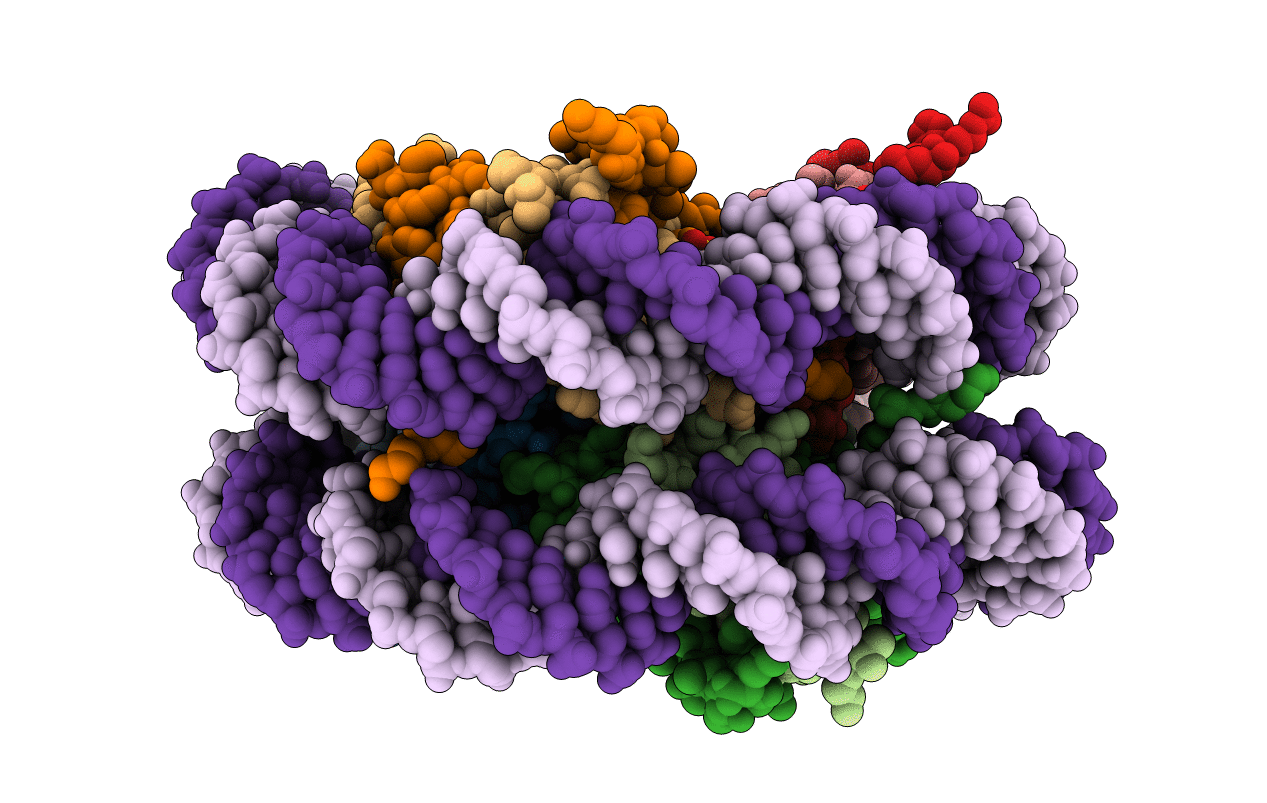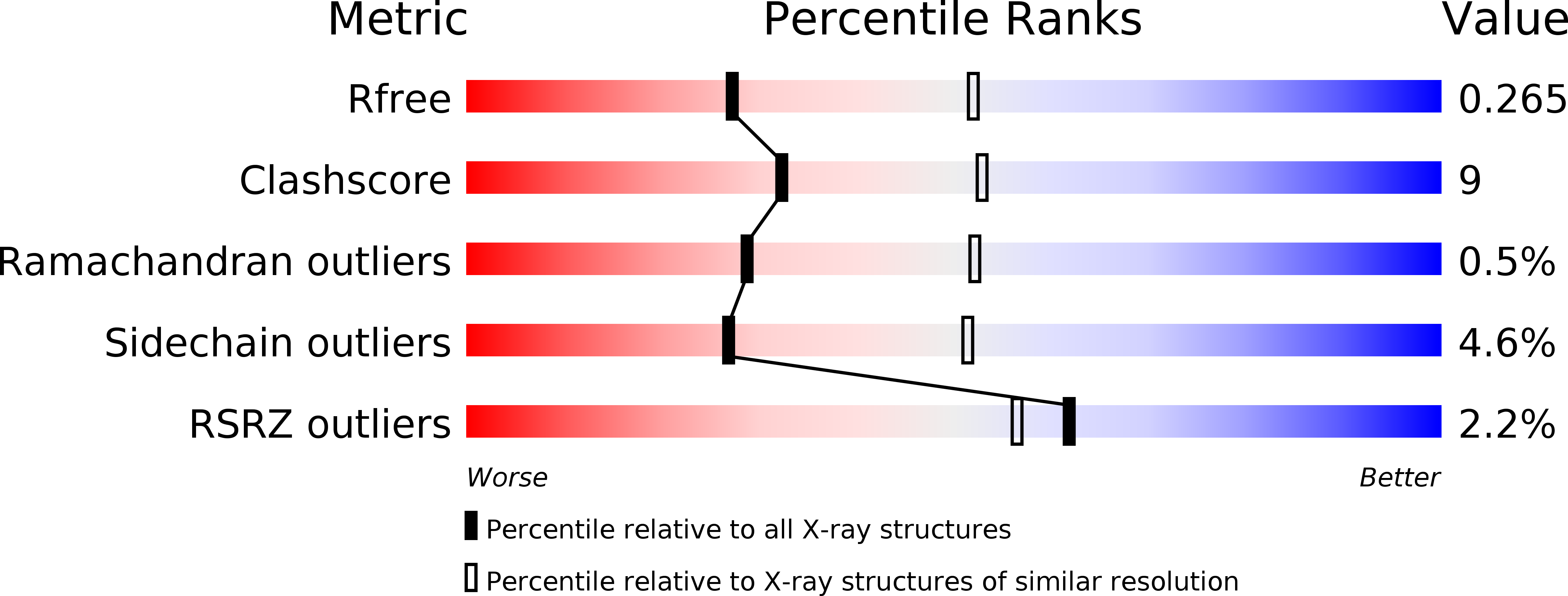
Deposition Date
2014-10-31
Release Date
2015-09-02
Last Version Date
2024-03-20
Entry Detail
Biological Source:
Source Organism:
Xenopus laevis (Taxon ID: 8355)
synthetic construct (Taxon ID: 32630)
synthetic construct (Taxon ID: 32630)
Host Organism:
Method Details:
Experimental Method:
Resolution:
2.60 Å
R-Value Free:
0.27
R-Value Work:
0.21
R-Value Observed:
0.21
Space Group:
P 21 21 21


